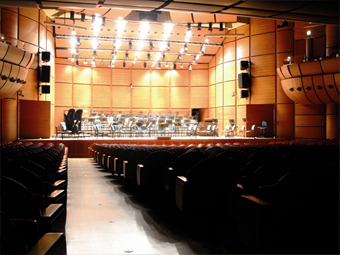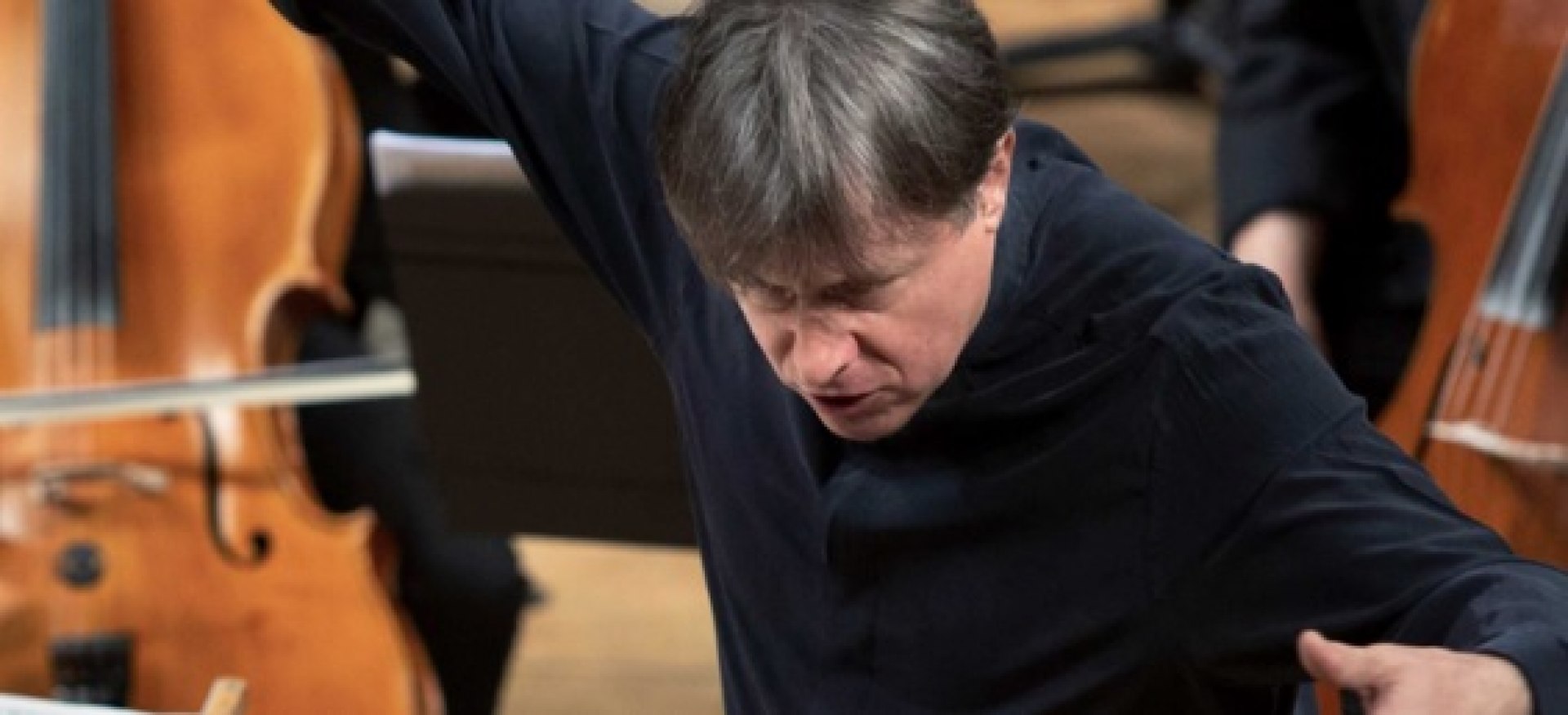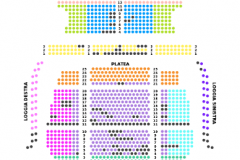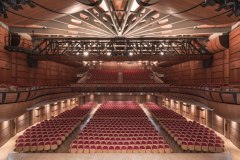Filidei and Debussy
Mo | Tu | We | Th | Fr | Sa | Su |
We do not perform classical music. This music is not classical. Or at least, it hasn’t always been. The music we know as classical was once avant-garde, composed mostly by young people, without any particular assurance that it would be liked, without any guarantee of success. All classical music was contemporary, but not all contemporary music becomes classical. Time is magnanimous and leaves to posterity only what is truly worth listening to. Of the hundreds of contemporary composers to Mozart, history has saved very few, and if the history of music appears so well-defined by great musicians, it is because time cleanses the superfluous, spares us what is unnecessary, and eliminates the redundant. There are those who do this work even before history intervenes, who engage in a complex exercise of identifying quality as it arises. This is Milan Musica, an association that safeguards the sacred fire of our art, that is, the research, experimentation, the drive for the evolution of language, the development of new expressive forms, keeping alive the rich repertoire of today’s music and the music of the twentieth century, performing the important public function of supporting new music. This music, written by composers of today, shares with the classics the same doubts, the same turmoil, the same opposing forces, the same voracious curiosity, and the same relentless desire to know, to push further, to break the mold and revolutionize the parameters, to leave a mark in History and to contribute to all of humanity, starting with their peers. Thus, Filidei alongside Debussy, because history, as Vico teaches, is made of cycles and recurrences. Going to a concert sometimes means this: contracting the timeline, or bending it, and finding oneself face to face with the past, as on a folded sheet of paper, not so much to be catapulted into the past, but rather to throw Debussy into the present, to make him speak to Filidei, and to realize how, in essence, they are quite similar.
Program and cast
Duration: about 80'
Francesco Filidei:
Concerto for Viola
Italian Premiere
Co-commissioned by Bayerischer Rundfunk/musica viva and Milano Musica - Association for Contemporary Music
With the support of SACEM, Société des Auteurs, Compositeurs et Éditeurs de Musique
Claude Debussy:
Trois Nocturnes
Orchestra Sinfonica di Milano, Coro I Giovani di Milano
Antoine Tamestit: Viola
Maria Teresa Tramontin: Choir Master
Tito Ceccherini: Conductor
Auditorium di Milano Fondazione Cariplo
 The Auditorium of Milan was opened on 6 October 1999. It houses the Symphony Orchestra and Symphonic Chorus of Milan Giuseppe Verdi. The inauguration Riccardo Chailly led the orchestra performing the Symphony no. 2 of Gustav Mahler .
The Auditorium of Milan was opened on 6 October 1999. It houses the Symphony Orchestra and Symphonic Chorus of Milan Giuseppe Verdi. The inauguration Riccardo Chailly led the orchestra performing the Symphony no. 2 of Gustav Mahler .
The Auditorium is owned by the Auditorium di Milano Fondazione Cariplo srl .
The activity of the Symphonic Orchestra and Symphonic Choir of Milan Giuseppe Verdi is promoted and supported by the Foundation Symphony Orchestra and Symphonic Chorus Giuseppe Verdi of Milan , founded in April 2002 and succeeded the Association Orchestra Sinfonica di Milano Giuseppe Verdi , consisting of 12 October 1992.
The auditorium hosts the concert season of the Verdi Orchestra , an amateur orchestra ( laVerdi for all), cultural events , concerts and lectures for schools.
In 1920, depending on the corner of Via Torricelli and street Conchetta the great cineteatro the Montagnetta with 2000 seats in the stalls and gallery.
In 1932, the film becomes Montagnetta cinema Gotthard , by the course of the same name and is run by Jordan Rota.
In 1933, the management company switches to Cinetea - Negri & C. restructuring the hall, the seats are reduced to 1700 .
Around 1937 the hall was renovated designed by the architect . Alessandro Rimini and takes the name of Massimo cinema . The restaurant opens Oct. 20, 1938 .
During the Second World War, cinema Massimo is damaged by bombing the hall closes but reopens in the spring of 1945 already in the autumn of the same year .
From the first half of the seventies, Massimo is also used as a theater and concert venue .
The difficulty of managing a hall so large that it can not have major films cinema Maximum lead to the closure in 1979. Subsequently the room is rented by the group Bargawam that uses it for a few years as a recording studio for television programs.
After a period of neglect is acquired by the entrepreneur who decides to transform Agostino Luini after appropriate renovations by Studio Marzorati , in the Auditorium of Milan , which opened October 6, 1999 the Mayor Albertini, who subsequently renamed the open space in front with the name of Largo Gustav Mahler November 28, 2001 .
The hall has been designed as a multipurpose for different activities : concerts of symphonic, choral and chamber music , jazz and pop music , sound recordings with digital techniques , diffusion of the shows through satellite TV and films on the big screen.
You can easily reach the Auditorium in Milano by these means:
TRAM
3.it stops before the Auditorium
9, 29 e 30 P. le XXIV Maggio stop
15 Castelbarco/Giambologna stop
BUS
59 / 71 they stop before the Auditorium
TROLLEYBUS
90 e 91 Tibaldi/Meda stop
SUBWAY
Line 1 Duomo stop + tram 3
Line 2 P. ta Genova stop + bus 59
Line 2 Romolo stop + trolleybus 90 and 91
Line 2 Famagosta stop + bus 59
Line 3 Duomo stop + tram 3
TAXI
Via Torricelli parking
PARKINGS
Romolo (close to the subway line 2) open from Monday to Sunday from 7 a.m. to 8 p.m.
Famagosta ( close to the subway line 2) open everyday from 7 a.m. to 1.00 a.m

 EN
EN DE
DE IT
IT FR
FR ES
ES RU
RU JP
JP RO
RO
 Seating plan
Seating plan 